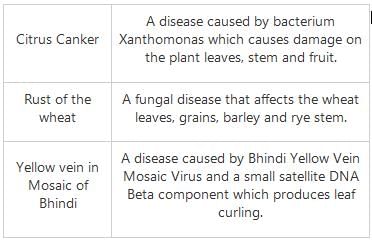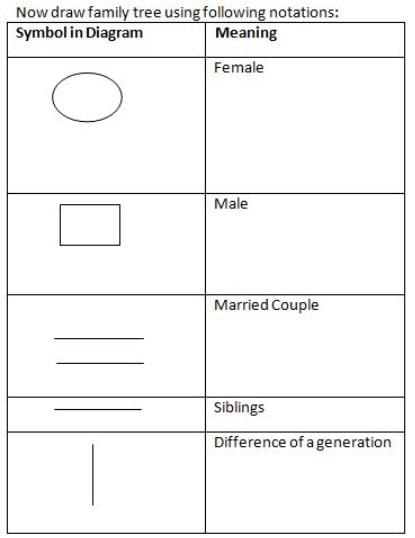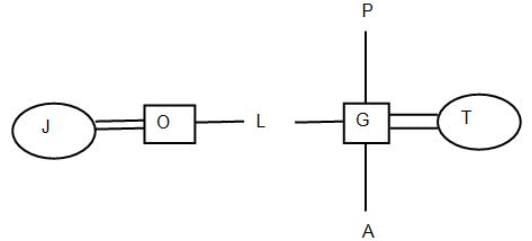EMRS TGT Science Mock Test - 4 - EMRS MCQ
30 Questions MCQ Test - EMRS TGT Science Mock Test - 4
Which among the following is the dimension of the Rs. 20 Currency Note issued by the Reserve Bank of India?
A thermoelectric refrigerator works on which of the following principles?
Which of the following is/are plant disease/s:
I. Citrus Canker
II. Rust of the Wheat
III. Yellow vein Mosaic of bhindi
August 9 1925 is known in the Indian History for which of the following incidences?
Which of the following is a colourless organelle found in plant cells used for storage of food or starch?
If W > X, X > Y and Y > Z, then which of the following conclusions is definitely wrong?
In the following question assuming the given statements to be true, find which of the conclusion among given conclusions is/are definitely true and then give your answer accordingly.
Statements:
L > F = S < T ≤ Q < P
Conclusions:
I. F < Q
II. L > S
III. T < P
Directions: Study the following information carefully to answer the given Questions:
P^Q-P is the child of Q
P!Q-P is the parent of Q
P*Q - P is elder to Q
P#Q-P is younger to Q
P@Q-P is brother of Q
P&Q - P is wife of Q
P+Q-P is sister-in-law of Q
Q. If G! A^T+J&O@L^P! G, then how is J related to A?
P is 15m to the west of Q. R is 13m to the south of Q and 5m to the east of S. T is 20m to the north of S.T is 10m to the east of U…….
Q.
In which direction U with respect to P
Vivek travelled 12kms West, then he turned left and travelled 8kms. Then he turned left and travelled 12kms. How far was Vivek from starting point ?
Point W is 7m towards the West of point X. Point X is 3m towards the North of point Y. Point Z is 4m towards West of point Y……………
Q.
If a person walks 3m towards South from point W and reaches point Q, which of the following 2 points would fall in straight line including Q
Point W is 7m towards the West of point X. Point X is 3m towards the North of point Y. Point Z is 4m towards West of point Y……………
Q.If a person walks 3m towards South from point W and reaches point Q, which of the following 2 points would fall in straight line including Q
The ______ button on the Quick Access Toolbar allows you to cancel your recent commands or activities.
What type of virus use computer hosts to reproduces it?
---------- is a signaling method that handles a relatively wide range of frequencies.
The vast network of computers that connects millions of people all over the world is called.
The property that, when classes are arranged in a hierarchy, each class assumes the attributes and methods of its ancestors is
The software component of an expert system that draws conclusions is the.
Which system of education was propounded by Mahatma Gandhi?
“Education is the process of natural development of the child into an enjoyable, rational, harmoniously balanced, useful and hence, natural life”. Which school of philosophy of educationbelieves that -
Which of the following is not correct about the role of government in schooling?
As a social institution, the essential function of the family is -
“Religion has an indispensable place in the good life and the good society.” This is not supported by the argument that religion
Religious education in some forms is essential because it
Which is incorrect about the school as a social institution?























